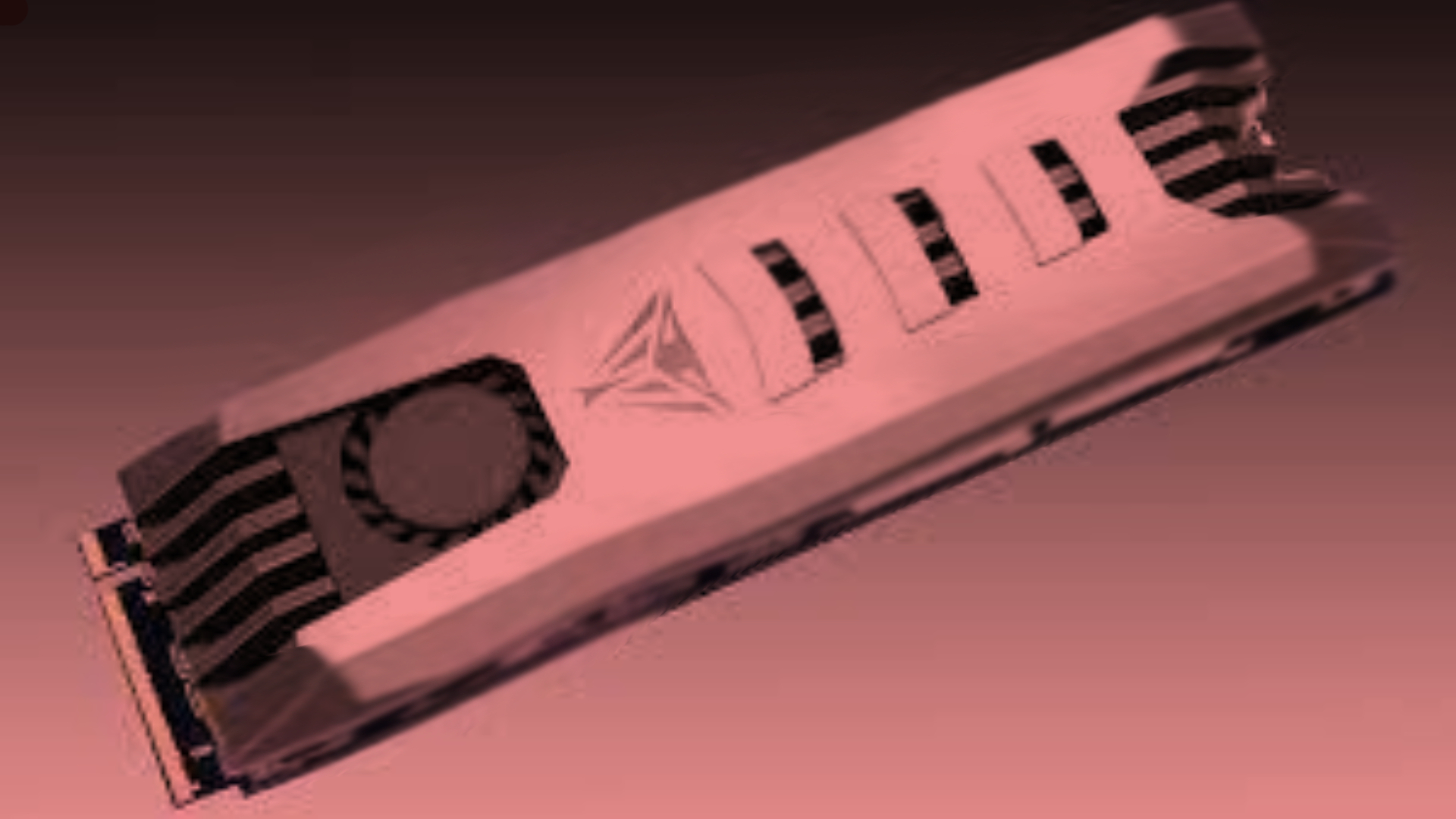It seems like only yesterday that PCIe 4.0 SSDs were the next big thing, and we were excited to add these lightning-fast SSDs into our gaming PCs and marvel at the barely perceptible 0.1s or so boost to loading times in big, open world games. Now, we’re looking down the barrel of PCIe 5.0 SSDs, and wondering how on earth we’re going to stop them from turning our rigs into a pile of molten metal and shattered glass.
What does PCIe mean, exactly? Well, PCIe (or Peripheral Component Interconnect Express) allows you to connect GPUs, SSDs, and other components to your motherboard with a high-bandwidth expansion bus. The current gold standard is PCIe 4.0, with a data transfer rate of 16 gigatransfers per seconds, double the rate of PCIe 3.0’s 8 GT/s. Well, PCIe 5’s gonna double that again to 32 GT/s. It’s a pretty big deal.
There were a hell of a lot of PCIe 5.0 SSDs on show at Computex, and some are set to hit retail in the next few months. The read and write speeds boasted by some of them are absolute lightning. For instance, the Patriot Viper PV553 is alleged to reach up to 12,400 MB/s sequential read and 11,800 MB/s sequential write speeds, and the XPG Project NeonStorm, a prototype SSD, promises 14,000 MB/s sequential read and 12,000 MB/s sequential write performance.
If you compare that to the current cream of the SSD crop, the WD Black SN850X, with its trifling sequential read and write speeds of 7,300MB/s and 6,600MB/s, respectively, you get a sense of the upgrade. But it’s not all rosy. This huge performance boost comes at a cost, and that could well be the temperature of your machine.
These SSDs can bring down a hefty 11W or more; good luck cooling that ambiently! That’s not to mention that PCIe 5.0 SSDs share the PCIe 5.0 lanes with your GPU, so any excess heat will be breathing down the neck of your expensive graphics card. Luckily, these new SSDs on show look to have novel cooling solutions.
The Patriot Viper PV553 uses an actual blower to keep the SSD controller cool. The XPG Project NeonStorm, meanwhile, uses a water-cooling method, with an array of aluminum heat pipes and a chamber of liquid combing to pull heat from the SSD and dissipate it with fans. Obviously, these cooling solutions will come at the expense of a power connection to your motherboard.
Can’t wait for these new PCIe 5.0 SSDs to hit the market? Maybe you’re already worried about the heat they’re gonna unleash on your rig. In that case, check out our guide to the best gaming SSD on the market right now.


